Punctuation | English Grammar Class 3 PDF Download
What are Punctuations?
Punctuation marks are special symbols used in sentences to make them clearer and more understandable.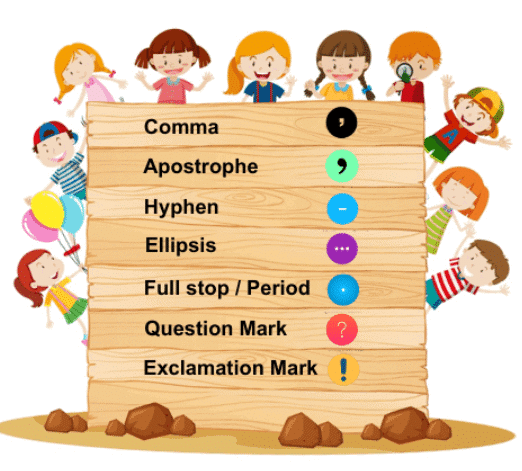
Look at the following sentences:
- Kids like to play together.
- Did you finish your homework?
- What a beautiful red rose!
- I have a cat, a dog, and a fish.
- They went to London.
All the highlighted symbols like (.), (?), (!), (,) and (L) are punctuation marks.
Types of Punctuation and Its Uses
1. Full stop: A sentence finishes with a "." (full stop). It also indicates the start of a new sentence. Furthermore, it implies that the sentence ends here.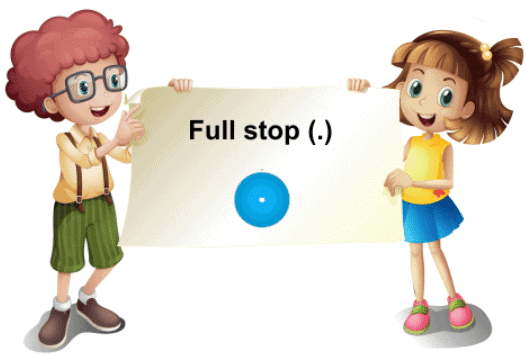
Examples:
- I like to play with my friends at the park.
- The cat is sleeping on the chair.
- I have a cat. She is very playful.
- My daughter loves to play with her friends at the park.
2. Question mark: A question mark is implied in a conversation if someone wants to inquire or ask something.
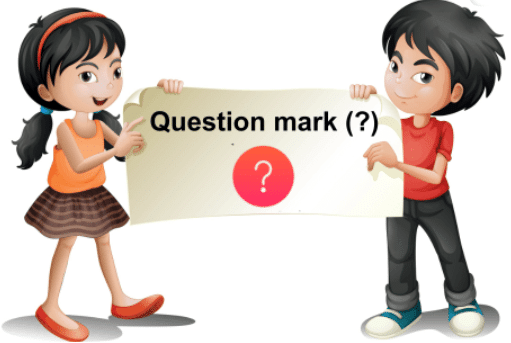
Examples:
- Is the sky blue?
- What is your favourite colour?
- Did you eat lunch today?
- Where do you live?
3. Exclamation mark: An exclamation mark is a special punctuation mark that we use in sentences to show strong feelings like excitement, surprise, or happiness. It looks like this: "!"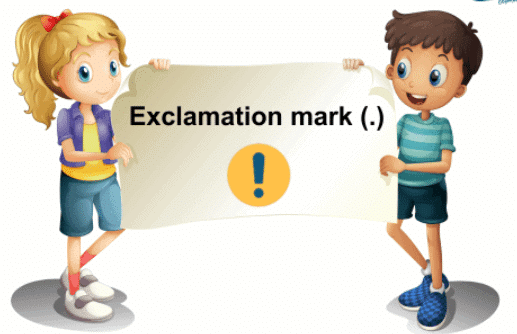
Examples:
- I got a new puppy today!
- Wow! Look at that beautiful rainbow!
- Look out! There's a big wave coming!
- Hooray! We won the game!
4. Comma: A comma is a punctuation mark that is used to separate different parts of a sentence. It helps us make the meaning of the sentence clear.
Examples:
- I like to eat apples, bananas and oranges.
- My dog is big, fluffy and friendly.
- My birthday is on January 15.
- Yesterday, we went shopping.
5. Capitalisation: Capitalization in punctuation is when we use a capital letter (a big letter) at the beginning of a sentence or for proper nouns and the pronoun "I." It helps to make our writing clearer and easier to read and understand.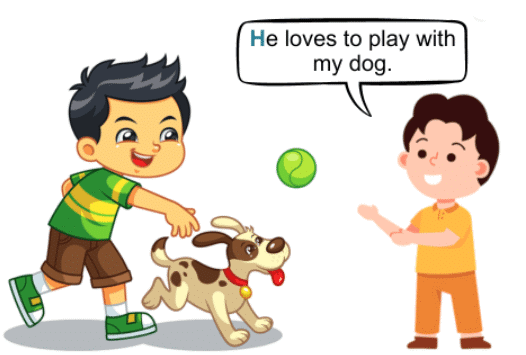
Examples:
- Beginning of a Sentence: "The Sun is shining today."
- Names: "My friend's name is Shelly."
- The word 'H': "He loves to play with my dog."
|
28 videos|165 docs|27 tests
|
FAQs on Punctuation - English Grammar Class 3
| 1. What are the primary functions of punctuation in writing? |  |
| 2. What are the most common types of punctuation marks and their uses? |  |
| 3. How does the use of punctuation affect the tone of a sentence? |  |
| 4. Why is proper punctuation important in academic writing? |  |
| 5. Can incorrect punctuation change the meaning of a sentence? |  |
















